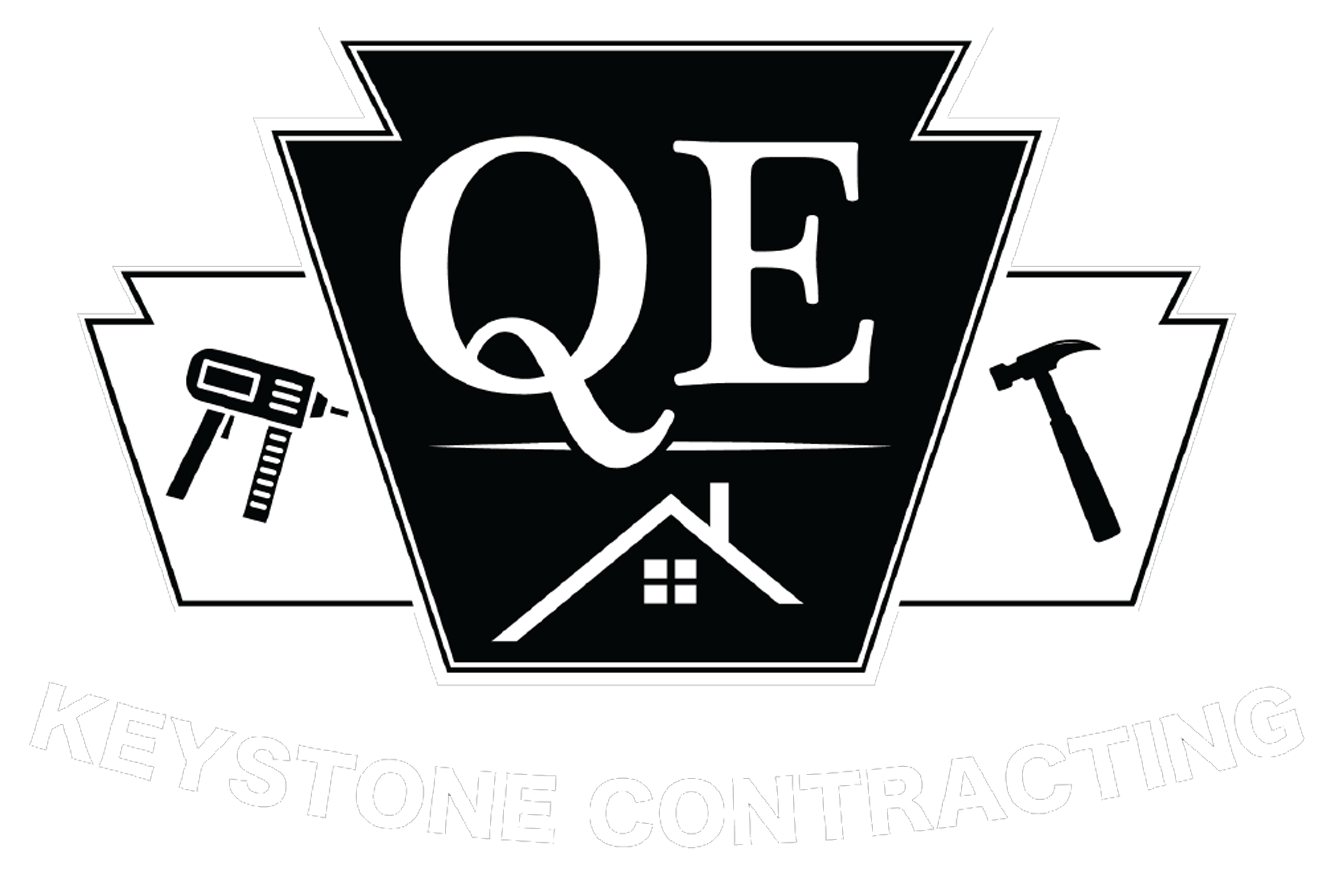Navigating the Permit Process for Home Renovations
When you embark on a home renovation or addition project, the initial journey can be exciting as you create a plan and design for your dream home transformation. Once the design is finalized and the general contractor is onboard, permits need to be filed before any construction begins. Getting building permits takes time, and it is important to understand the process so you aren’t taken by surprise due to potential delays in starting the work.
What are Construction Permits and Do You Need Them?
For renovations and home additions in Bucks County, PA, permits are required. Building permits are legal documents issued by local government agencies, specifically the building department and planning and zoning. The permits are types of approval for building projects that confirm that the plans comply with zoning laws and building codes.
These also make it clear that the contractor must follow all the codes and regulations regarding health, safety, and the welfare of the client and the general public. Minor, non-structural, or cosmetic home renovation projects typically don’t require a permit. The local building department can determine which project needs a permit.
Who Files for Permits?
In most cases, the general contractor or builder files for permits for renovations and home additions in Montgomery County, PA. The subcontractors, such as electricians, plumbers, and mechanical system installers, generally have to pull a permit for their particular phase of the work.
A homeowner can file for a permit. This would be appropriate if the owner is acting as the general contractor. In that case, it is upon the homeowner to check the contractor and subcontractors’ qualifications in terms of required licenses and insurance policies.
The Permitting Process Explained
1. Visit the Building Department: The first thing you want to do is call or visit the local municipal agencies that issue building permits. Familiarize yourself with what is allowed and what you can’t do. This will let you know upfront if the project is even worth pursuing before you write a check for any services. It also lets the town know that you want to be compliant – a positive first impression.
2. Have Plans Drawn Up: For major renovation projects, it helps to have plans drawn by a land surveyor, an architect, and a structural engineer. This can make the permitting process go more smoothly, assuming these professionals have followed all the codes and regulations.
3. Submit Permit Applications: Once the plans are completed and the contractor is chosen, the application can be filled out, signed, and submitted.
4. Await Review: The local planning and zoning commission needs to review the survey with the proposed work if the house footprint is being expanded. An approved plot plan then needs to be reviewed, along with the construction plans, by the building department. The plans will be returned for revisions if all requirements aren’t met.
5. Progress Inspections: Once approved and the permits are issued, the work can begin. During construction, there will be inspections by the various authorities to check that the work complies with the applicable codes and safety regulations.
6. Certificate of Occupancy: At project completion, you are required to secure a certificate of occupancy. This certificate says the work is compliant and the space can be legally occupied. This is essential for the transfer of the deed at a later date.
Reach Out to Us for Your Next Home Renovation
Are you planning a remodeling project or an addition to your Bucks County area home? Q&E Keystone Contracting is a trusted partner for all your home renovation and addition needs. We understand that every project is unique and is deserving of personalized solutions. We are there from start to finish, and that includes the permitting process. We are licensed and insured for your peace of mind. Contact us today.


